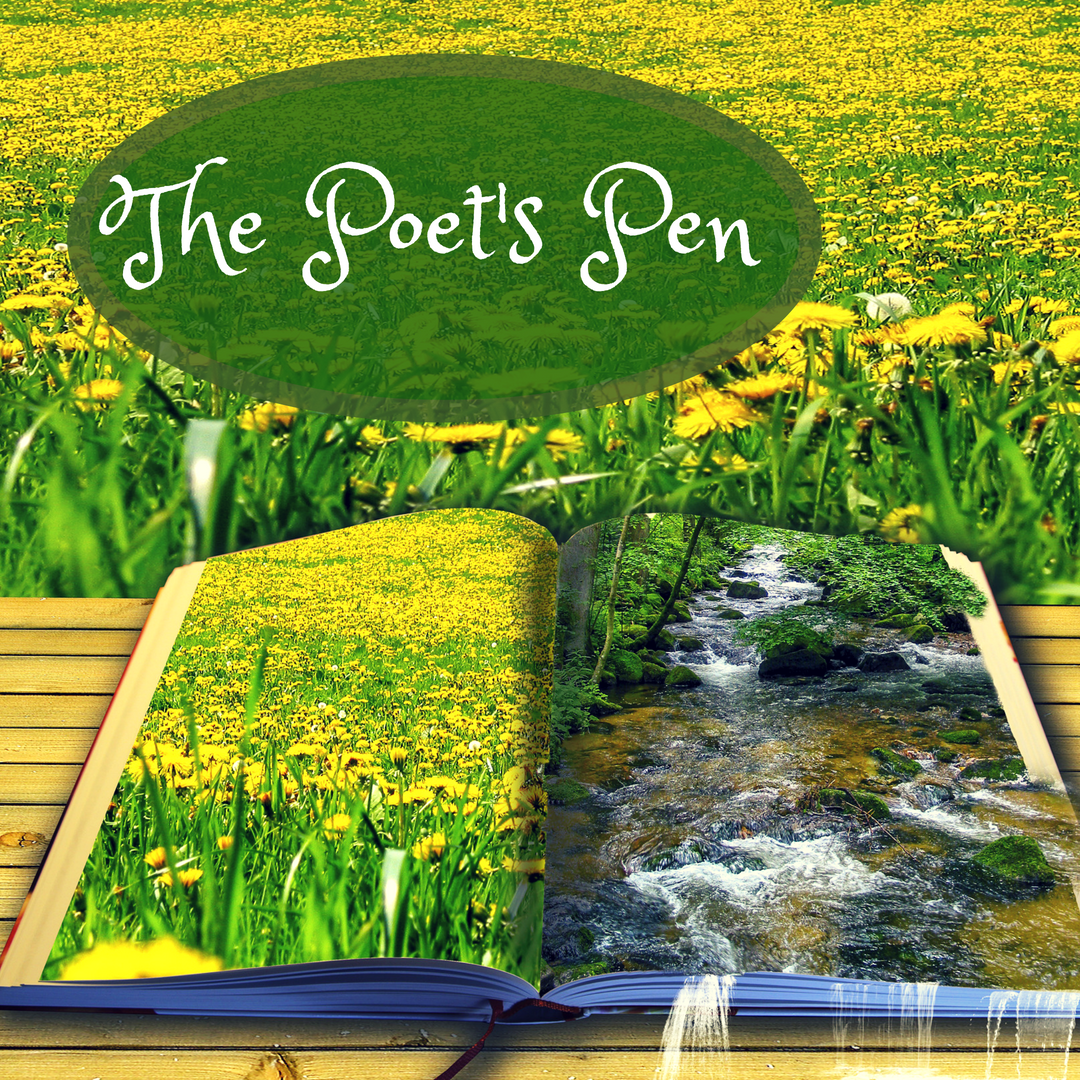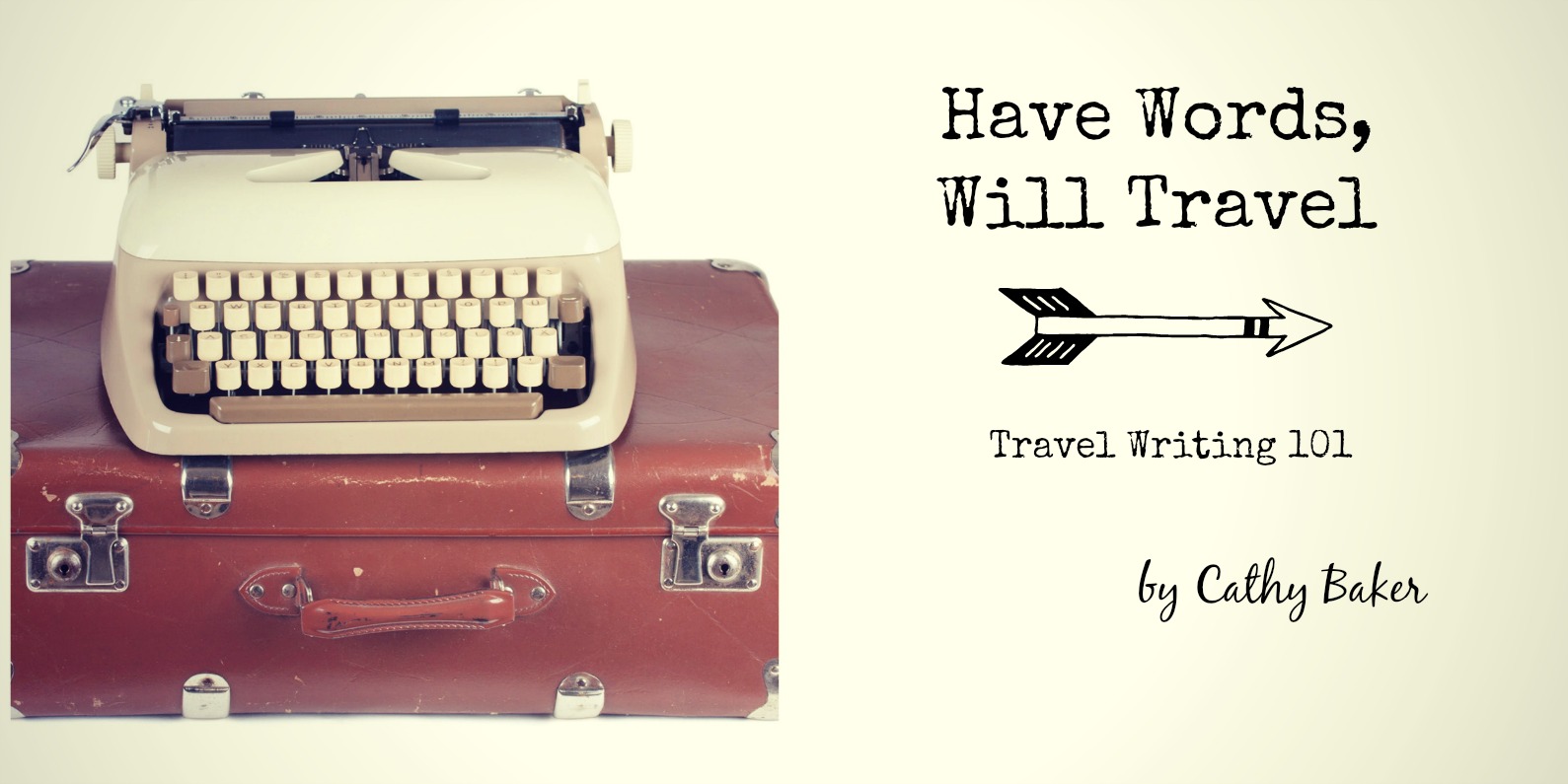
Corn Flakes, The Journey of a Favorite Cereal
A health guru… Stale wheat… A tight budget… This hodgepodge of events would lead to the creation of a…
February 20, 2021
A health guru… Stale wheat… A tight budget… This hodgepodge of events would lead to the creation of a…
February 20, 2021
From the ingenuity of Thomas Moore, the icebox first appeared on the American scene in 1802. Like many new…
August 20, 2020
During this busy season it can be difficult to find time for creativity. The left side of our brains…
December 5, 2019
Sometimes poets are asked, “Where do you find things to write about?” Everything is a possible subject, although there…
February 13, 2019
Writers just beginning to write articles look around them and the big question becomes, “I know some of the…
January 14, 2019
Remember that old saying, You are what you eat? Just as the food we consume affects the overall health…
December 8, 2018
Progress has stalled on our latest writing project. We avoid our desk, tamp down the guilt, and stay busy…
November 24, 2017
The setting sold us. A property with mature trees and a creek running behind it. Even in March, with…
July 25, 2016
There is no denying that February is the month of L-O-V-E so let’s do something a little different. Okay,…
February 13, 2016